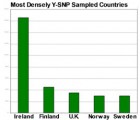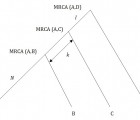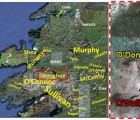Intermediate and Advanced Y-DNA Topics
Oct 2022 Beyond STRs

Deep dive into Y-DNA NextGen SNP genetic genealogy tests like Big Y-700 and YSeq WGS
From Biology to Data to the Phylogenetic Tree to Geographic Interpretation
– Explanation of raw read alignment to the genome which produces your SNP results
– Understanding your terminal SNP and why it changes
– How to use Novel Variants / Unnamed Variants to extend the phylogenetic tree for your family
– Tips on getting the most info and avoiding bugs in current tools using real world examples



